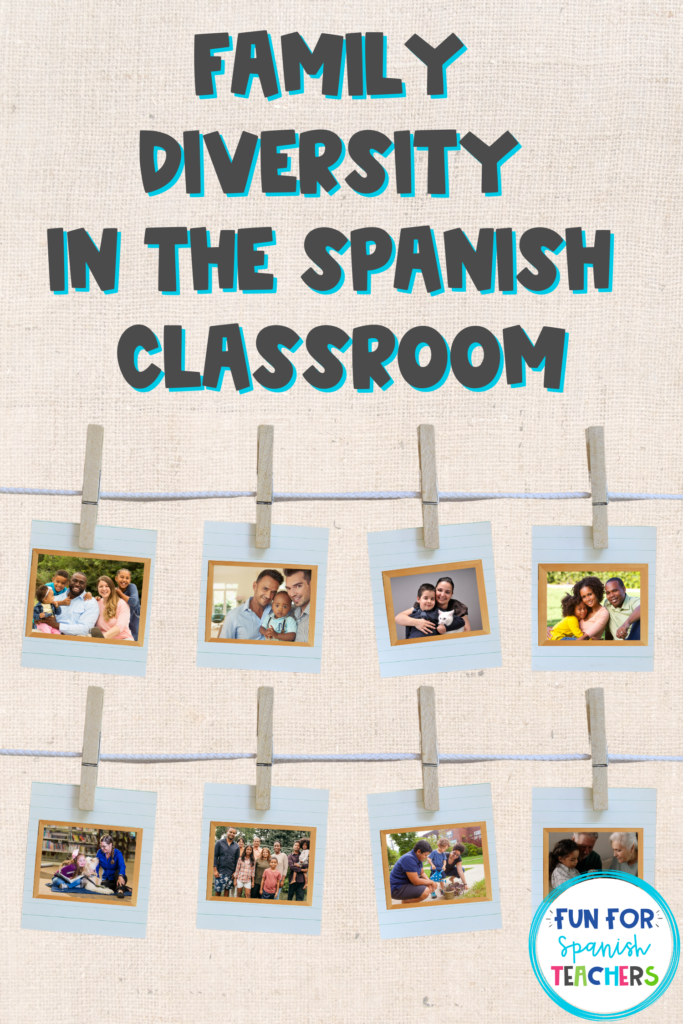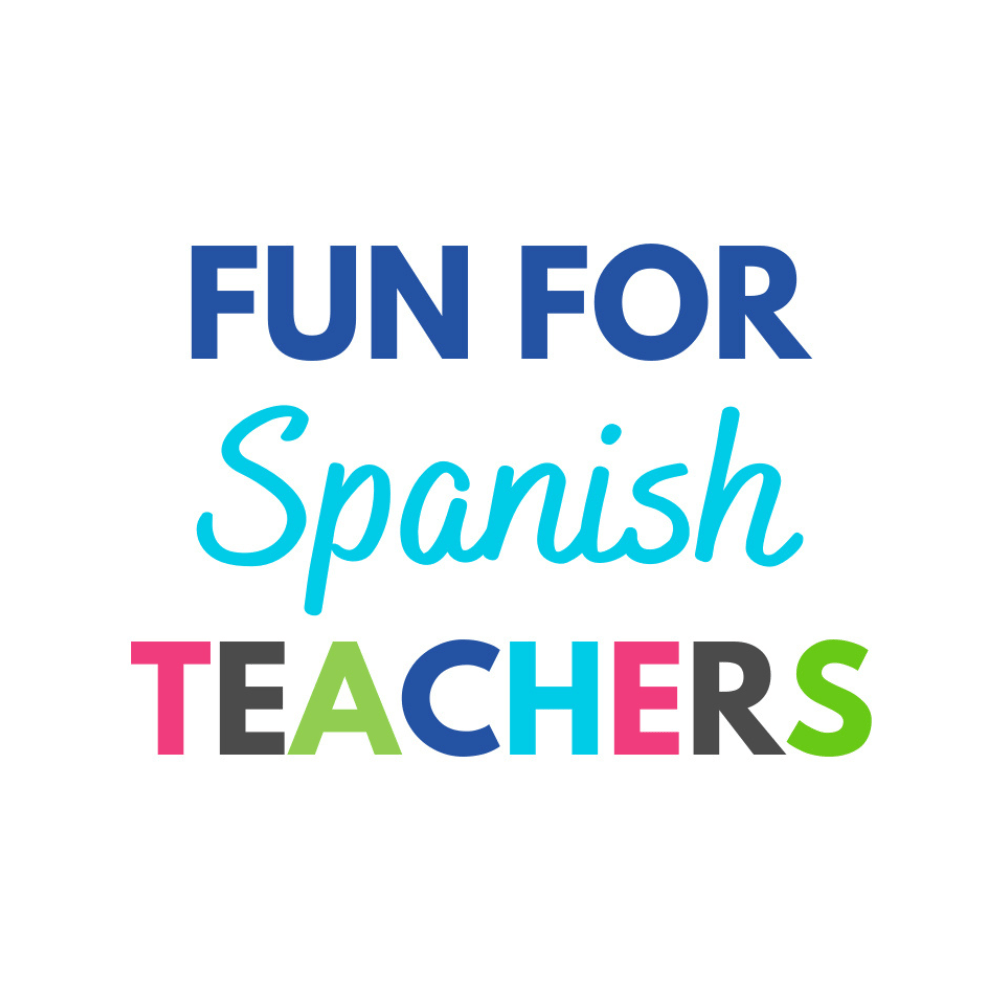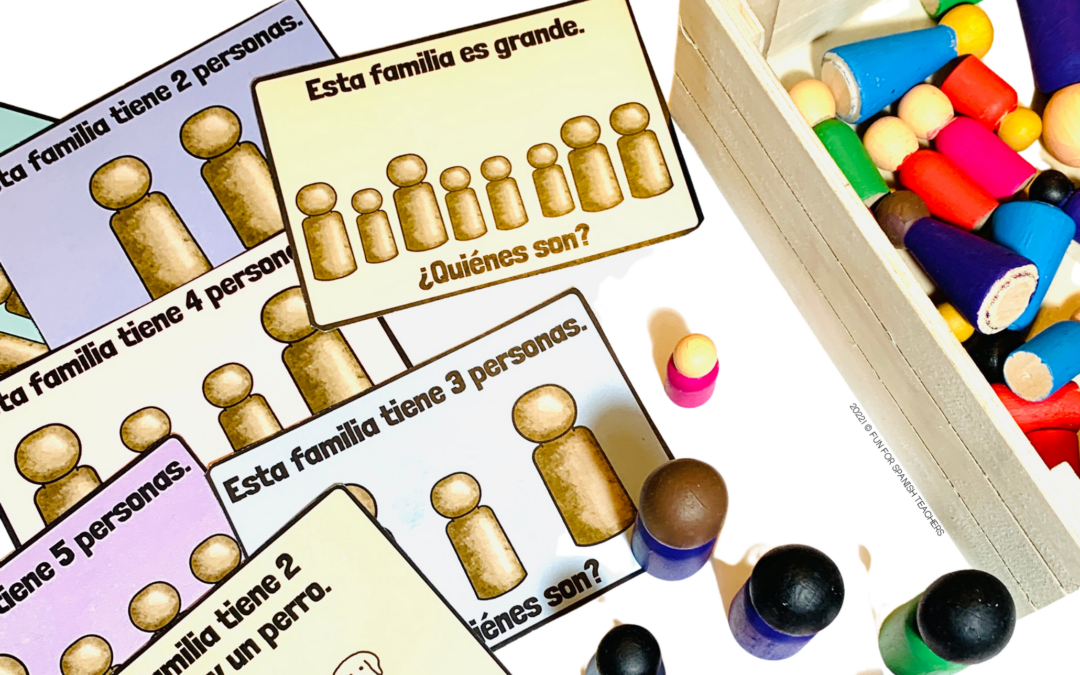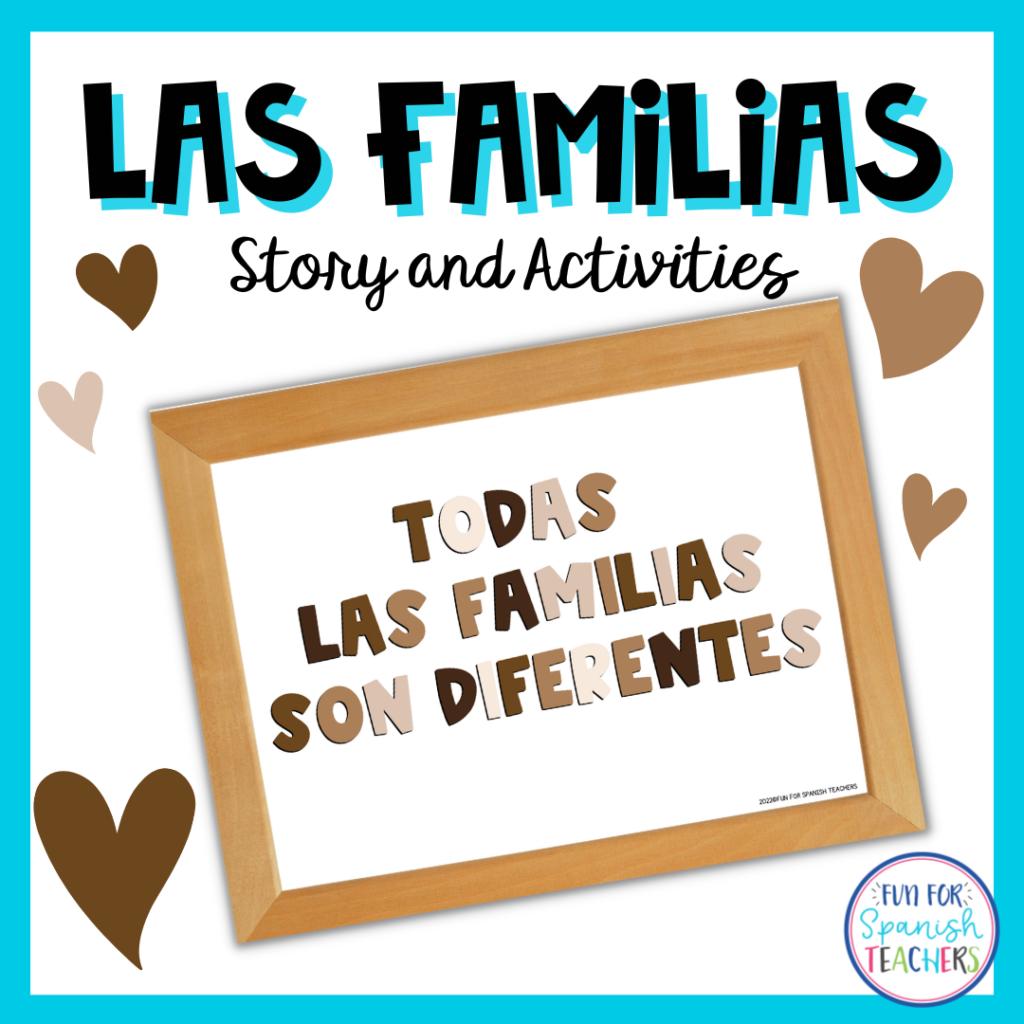As a World Language educator I want my students to understand the power and responsibilities we all have and carry as ethical citizens of the world, and I have been working hard on making sure that my lessons and class routines support this by going beyond linguistic goals and intentionally including topics on gender, race, identity, the environment, and opportunities for cross-curricular connections. Cultivating a sense of belonging is important at any age, but crucial in the early years. It is important for our students to be able to see themselves in the materials we bring to our classes, but also to be able to see and appreciate others who are not like them.
A good resource to help me guide my teaching practices is the Learning for Tolerance’s website. I have been basing my lessons on the Social Justice Standards in anti-bias education from their website.
Here are some ideas to celebrate family diversity in our classrooms:
Bring Pictures:
- Show pictures of various different kinds of families and describe them.
- Use sticky notes to label the family members in each picture.
- Ask for volunteers to describe each family in the pictures.

Use Videos:
These videos are in English but you can pause them and talk about the different families in Spanish.
This song is algo great to pause and talk about the different family structures.
This song is algo great to pause and talk about the different family structures.
Picture Books:
Books are a great way to spark conversations. In most of the cases in the early language classroom, students have already read them with their homeroom teachers. (Click the image to see the list on Amazon or CLICK HERE!)
Family Trees:
Inspired by this beautiful idea of the family as the strength and support ask your students to think about their families. Make sure to have multicultural crayons or markers for your students to use and ask them to draw their families. Invite them to talk about their families. Be aware that not every student might want to share about their families. Find a space to display their families. Ask your students to look at them and talk about the different families in their class.

Adapting the Family Tree to Different Levels:
- Students draw a picture of themselves and their families.
- Students make the pictures and label them.
- Students make the pictures, label them and write a paragraph about their families. For example: “Esta es mi familia. Yo vivo con mi papá, mi mamá y dos hermanos. Tengo un gato y un perro.
Use multicultural family figures to talk about different kinds of families and continue reinforcing vocabulary in Spanish.

Con cariño,

You might like this resource on Teachers Pay Teachers:


 ***Amazon Affiliate Link
***Amazon Affiliate Link


